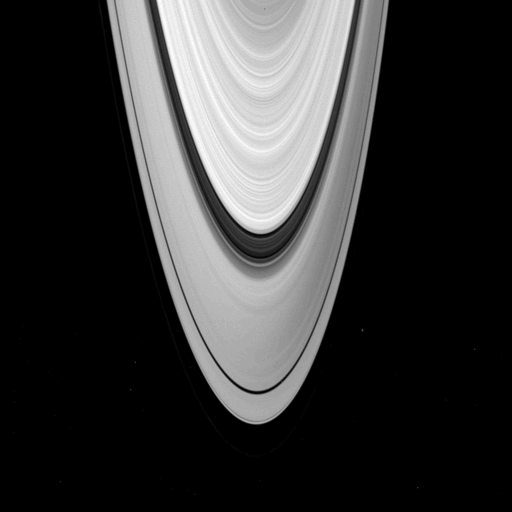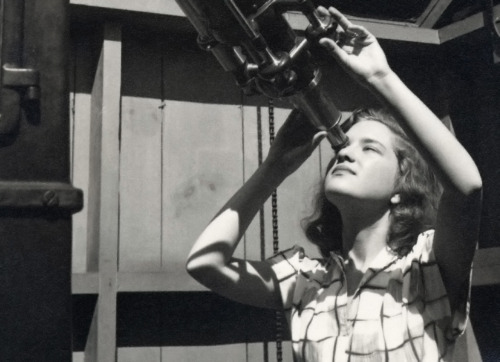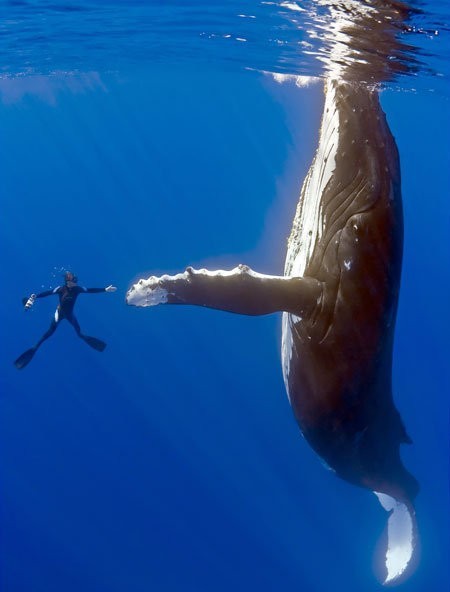I Would Find A Way To Be There.
I would find a way to be there.
wowww
things that would be expensive: renting an RV
things that would actually probably be less expensive: inventing technology for teleports
More Posts from Outofambit and Others


Kepler Mission Analysis Shows Reduced Number of Earth-Sized Planets in Field of View
A large number of worlds found by NASA’s Kepler alien planet-hunting space telescope are probably significantly larger than scientists previously estimated, a new study suggests. Using a galaxy similar to our own Milky Way, the image above shows the scale of the distances for the sample of stars with planet candidates described in a new study by scientists using the Kitt Peak National Observatory Mayall 4-meter telescope . The circled dot represents the position of the sun in the Milky Way, and the stippled cone shows how far away the new candidate stars are (2800-7000 light years), compared to the size of our galaxy.
The Kepler Space Telescope has spotted more than 2,700 potential exoplanets since its launch in 2009, and scientists using the Kitt Peak National Observatory categorized the home stars of many of those planet candidates for the past three years. In particular, the researchers made detailed follow-up observations of 300 of the stars Kepler found likely to be harboring exoplanets.
The Kepler satellite, in orbit around the sun, stares at a region of the northern hemisphere sky sandwiched between the bright stars Vega and Deneb. Attached to the telescope is the largest imaging camera ever flown into space—16 million pixels—the only instrument on the telescope and the one used to monitor all the stars in its search for planets. Planets are detected if they pass in front of their parent sun, causing a very slight dip in the star’s brightness. When this dip repeats periodically, it reveals the presence of a possible planet, the length of the planet’s “year”, and other information.
One of the main findings of this initial work is that our observations indicate that most of the stars we observed are slightly larger than previously thought and one quarter of them are at least 35 percent larger,” astronomer and leader of the study Mark Everett said in a statement. “Therefore, any planets orbiting these stars must be larger and hotter as well. By implication, these new results reduce the number of candidate Earth-size planet analogues detected by Kepler.”
Read

hologram: Saturn’s rings, photographed by Cassini, 18th January 2007.
Images taken as Cassini moves from one side of the ring plane to the other, neatly showing how the rings look in reflected and transmitted light (brighter and darker, respectively).
Image credit: NASA/JPL/SSI. Animation: AgeOfDestruction.
gosh but like we spent hundreds of years looking up at the stars and wondering “is there anybody out there” and hoping and guessing and imagining
because we as a species were so lonely and we wanted friends so bad, we wanted to meet other species and we wanted to talk to them and we wanted to learn from them and to stop being the only people in the universe
and we started realizing that things were maybe not going so good for us– we got scared that we were going to blow each other up, we got scared that we were going to break our planet permanently, we got scared that in a hundred years we were all going to be dead and gone and even if there were other people out there, we’d never get to meet them
and then
we built robots?
and we gave them names and we gave them brains made out of silicon and we pretended they were people and we told them hey you wanna go exploring, and of course they did, because we had made them in our own image
and maybe in a hundred years we won’t be around any more, maybe yeah the planet will be a mess and we’ll all be dead, and if other people come from the stars we won’t be around to meet them and say hi! how are you! we’re people, too! you’re not alone any more!, maybe we’ll be gone
but we built robots, who have beat-up hulls and metal brains, and who have names; and if the other people come and say, who were these people? what were they like?
the robots can say, when they made us, they called us discovery; they called us curiosity; they called us explorer; they called us spirit. they must have thought that was important.
and they told us to tell you hello.

On Wednesday February 26th, NASA’s Kepler mission announced the discovery of 715 new planets. These newly-verified planets orbit 305 stars, many have multiple-planet systems like our own. Interestingly, 95% of these planets are smaller than Neptune in size, which is 24,622 km in radius (15,299 miles). NASA states that this discovery marks a significant increase in the number of known small-sized planets more akin to Earth than previously identified planets.
Since the first discovery of a planet outside our Solar System was made two decades ago, Kepler has been able to speed up the process of confirming planets. These multiple planet systems are important for scientists to study because they are fertile grounds that give us clues on planet formation. Four of these confirmed planets are 2.5 times the size of Earth and they lie within the habitable zone. The possibilities seem endless on what may lie on these planets or what life could exist there.
Without doubling NASA’s budget it’ll take us a lot longer to answer the age-old question, “Are we alone in the Universe?” Let’s take action today and help NASA double their budget. penny4nasa.org/take-action/
Okay, so I’ve just started Games Wizards Play book 10 in the Young Wizards series, which means it’s time for some thoughts on my FAAAAAAAV YA SERIES OF ALL TIME. (No offense HP, no offense)
ROSHAUN MY CHILD MY SON COME BACK TO ME!!! COME BACK TO ME BABY! IT HAS BEEN ONE WHOLE BOOK AND HE’S NOT BACK YET I AM NOT OKAY! I AM NOT ALRIGHT! THE MADNESS MUST END! PLEASE GOD MAKE IT STOP JUST BRING BACK MY BABY PLEASE OH PLEASE OH PLEASE! WE LOST PONCH I CAN’T HAVE THIS TOO I CAN’T TAKE THIS OH GODDDDDDD *INCOHERENT SOBBING*
And I am done. This is basically my internal stream of consciousness all through A Wizard of Mars tbh. I have basically been a blithering, sobbing, screaming wreck since Wizards at War. Life’s been hard. And since my house burned down, I don’t even have my ENTIRE COMPLETE collection to reference : |
Some further reviews on the Young Wizards series:
So You Want To Be a Wizard…
You will cry because of a car
Deep Wizardry
You will cry because of a shark
High Wizardry
You will cry because of a space turtle
A Wizard Abroad
You will cry because of Ireland
A Wizard’s Dilemma
You will cry because of a parrot. Also cancer.
A Wizard Alone
You will cry because of autism
Wizard’s Holiday
You will cry because of a barren hellscape
Wizards at War
You will cry because of OH GOD NOT THE DOG PLEASE NOT THE DOG OH GOD NO
A Wizard of Mars
You will cry because you are no longer capable of feeling anything because the last book emotionally broke you.
Great series. 10/10. Would recommend to all your friends and loved ones and then you can all cry together.

Vera Rubin (b. 1928)
When Vera Cooper Rubin told her high school physics teacher that she’d been accepted to Vassar, he said, “That’s great. As long as you stay away from science, it should be okay.”
Rubin graduated Phi Beta Kappa in 1948, the only astronomy major in her class at Vassar, and went on to receive her master’s from Cornell in 1950 (after being turned away by Princeton because they did not allow women in their astronomy program) and her Ph.D. from Georgetown in 1954. Now a senior researcher at the Carnegie Institute’s Department of Terrestrial Magnetism, Rubin is credited with proving the existence of “dark matter,” or nonluminous mass, and forever altering our notions of the universe. She did so by gathering irrefutable evidence to persuade the astronomical community that galaxies spin at a faster speed than Newton’s Universal Law of Gravitation allows. As a result of this finding, astronomers conceded that the universe must be filled with more material than they can see.
Rubin made a name for herself not only as an astronomer but also as a woman pioneer; she fought through severe criticisms of her work to eventually be elected to the National Academy of Sciences (at the time, only three women astronomers were members) and to win the highest American award in science, the National Medal of Science. Her master’s thesis, presented to a 1950 meeting of the American Astronomical Society, met with severe criticism, and her doctoral thesis was essentially ignored, though her conclusions were later validated. “Fame is fleeting,” Rubin said when she was elected to the National Academy of Sciences. “My numbers mean more to me than my name. If astronomers are still using my data years from now, that’s my greatest compliment.”
Sources:
1. http://innovators.vassar.edu/innovator.html?id=68; http://science.vassar.edu/women/
2. http://dspace.mit.edu/handle/1721.1/45424




-
 galadryels-archived reblogged this · 12 years ago
galadryels-archived reblogged this · 12 years ago -
 outofambit reblogged this · 12 years ago
outofambit reblogged this · 12 years ago -
 megparsec reblogged this · 12 years ago
megparsec reblogged this · 12 years ago -
 megparsec liked this · 12 years ago
megparsec liked this · 12 years ago -
 semiotomatics reblogged this · 12 years ago
semiotomatics reblogged this · 12 years ago -
 semiotomatics liked this · 12 years ago
semiotomatics liked this · 12 years ago -
 jenesaispourquoi reblogged this · 12 years ago
jenesaispourquoi reblogged this · 12 years ago -
 alluringalliteration-blog reblogged this · 12 years ago
alluringalliteration-blog reblogged this · 12 years ago -
 alluringalliteration-blog liked this · 12 years ago
alluringalliteration-blog liked this · 12 years ago -
 jenesaispourquoi liked this · 12 years ago
jenesaispourquoi liked this · 12 years ago -
 semiotomatics reblogged this · 12 years ago
semiotomatics reblogged this · 12 years ago
A personal temporospatial claudication for Young Wizards fandom-related posts and general space nonsense.
288 posts

